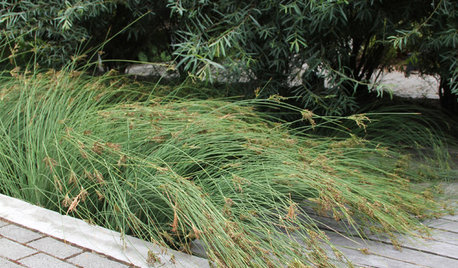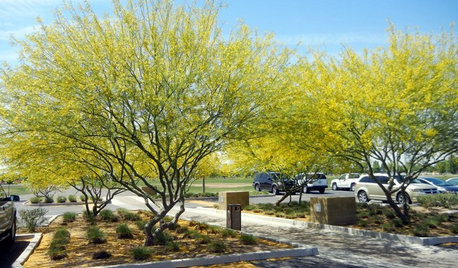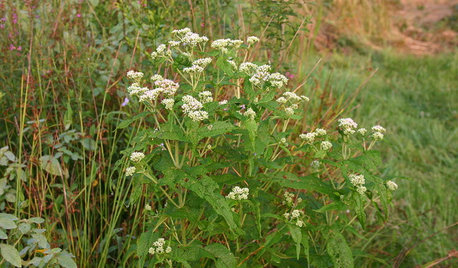High light intensity may help protect your plants from viruses
henry_kuska
12 years ago
Related Stories

PLANTING IDEASGreat Garden Combo: 5 High-Intensity Plants for High-Intensity Sun
Blend bold foliage and flowers to create a powerful combination that will hold its own even in the harsh light of midsummer
Full Story
DECORATING GUIDESThe Most Helpful Furniture Piece You May Ever Own
Use it as a table, a seat, a display space, a footrest ... and indoors or out. Meet the ever-versatile Chinese garden stool
Full Story
COLORPaint-Picking Help and Secrets From a Color Expert
Advice for wall and trim colors, what to always do before committing and the one paint feature you should completely ignore
Full Story
GARDENING GUIDESProtect a Precious Resource With a Rain Garden
Promote pure water and a beautiful landscape with a garden design that makes the most of the rain
Full Story
SOUTHWEST GARDENINGSouthwest Gardener's May Checklist
Let May's warm temperatures guide your edible and flowering garden plantings, and don't forget to protect and prune your picks
Full Story
GARDENING GUIDESGreat Design Plant: Common Boneset Helps Good Bugs Thrive
Support bees, moths and butterflies with the nectar of this low-maintenance, versatile and tactile prairie-style plant
Full Story
REMODELING GUIDES10 Features That May Be Missing From Your Plan
Pay attention to the details on these items to get exactly what you want while staying within budget
Full Story
FENCES AND GATESA Deer Fence Can Be Decorative as Well as Protective
You need a monster-size fence to shelter your garden from deer, but it doesn’t have to look like a monstrosity
Full Story
ENTRYWAYSGlass Doors That Welcome — and Protect Your Privacy Too
These front-door designs let in the light but keep your air-guitar performances safely in-house
Full Story
REMODELING GUIDES5 Ways to Protect Yourself When Buying a Fixer-Upper
Hidden hazards can derail your dream of scoring a great deal. Before you plunk down any cash, sit down with this
Full Story








User
strawchicago z5
Related Professionals
Benbrook Landscape Architects & Landscape Designers · Cottonwood Landscape Architects & Landscape Designers · Salem Landscape Architects & Landscape Designers · Berkley Landscape Contractors · Fort Myers Landscape Contractors · Mission Bend Landscape Contractors · Pahrump Landscape Contractors · Seymour Landscape Contractors · Norridge Landscape Contractors · Burleson Swimming Pool Builders · Charlotte Siding & Exteriors · Fairfax Siding & Exteriors · Point Loma San Diego Siding & Exteriors · San Antonio Siding & Exteriors · Wheeling Siding & Exteriorshenry_kuskaOriginal Author
henry_kuskaOriginal Author
henry_kuskaOriginal Author